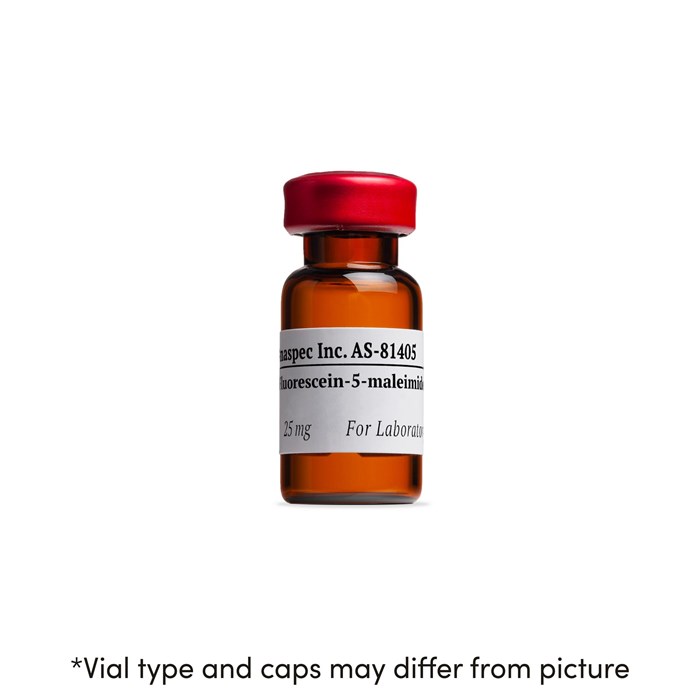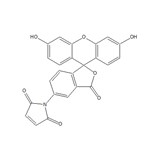Fluorescein-5-maleimide - 25 mg
- Cat.Number : AS-81405
- Manufacturer Ref. :
-
Availability :
In stock
- Shipping conditions : Ice fees will apply
Maleimides are among the most frequently used reagents for thiol modification. In most proteins, the site of reaction is at cysteine residues that either are intrinsically present or result from reduction of cystines. Unlike iodoacetamides, maleimides do not react with histidines and methionines under physiological conditions. Fluorescein-5-maleimide is one of the most popular fluorescent dyes for thiol modifications of proteins.
Specifications
| Chemistry | |
| CAS registry number |
|
|---|---|
| Molecular Formula |
|
| Molecular Mass/ Weight |
|
| Properties | |
| Absorbance (nm) |
|
| Emission (nm) |
|
| Color | |
| Quantity & Purity | |
| Purity |
|
| Storage & stability | |
| Form |
|
| Resuspension condition |
|
| Storage Conditions |
|
| Activity | |
| Application | |
| Detection Method | |
| Research Area | |
| Sub-category Research Area | |
| Usage |
|
Downloads
You may also be interested in the following product(s)
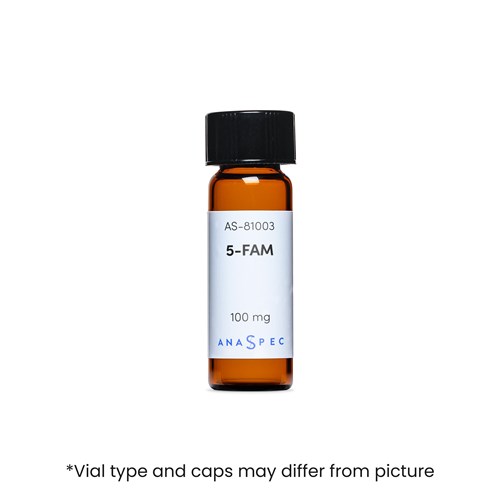
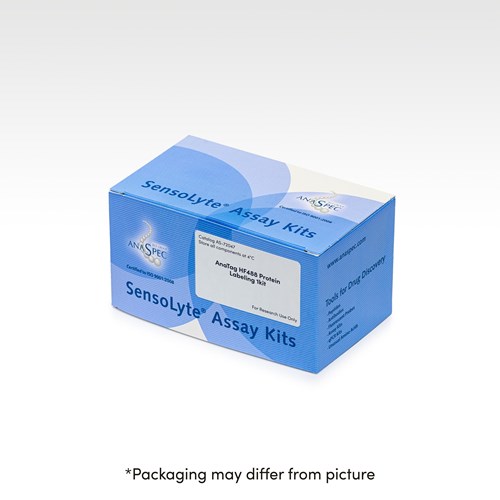
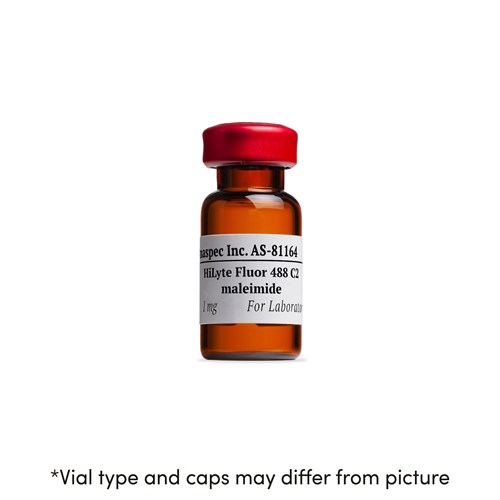
Citations
Mechanism of ubiquitin ligation and lysine prioritization by a HECT E3.
elife . 2013 Aug 08 ; 2 e00828 | DOI : 10.7554/eLife.00828
- H. Kamaduri
c-Jun N-terminal kinase signaling regulates events associated with both health and degeneration in motoneurons.
Neurosci . 2007 Jun 20 ; 147(3) 680 | DOI : 10.1016/j.neuroscience.2007.05.009
- J. Newbern
References
Chemical modifications of band 3 protein affect the adhesion of Plasmodium falciparum-infected erythrocytes to CD36
Mol Biochem Parasitol . 2004 Aug 01 ; 136(2) 243 | DOI : https://doi.org/10.1016/j.molbiopara.2004.04.005
- E. Winograd
- et al
SecY–SecY and SecY–SecG contacts revealed by site-specific crosslinking
FEBS Lett . 2002 Sep 11 ; 527(1-3) 159 | DOI : https://doi.org/10.1016/S0014-5793(02)03202-7
- EO. Van Der Sluis
- et al
